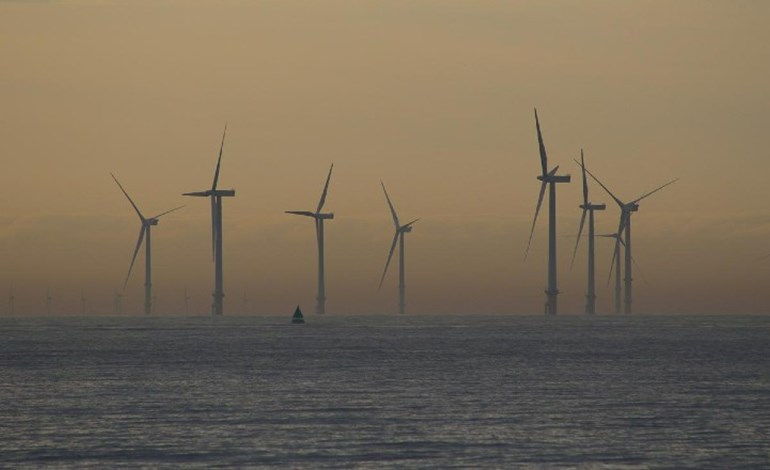The Biden administration unveiled new regulations on Friday aimed at streamlining the process for offshore wind developers to qualify for subsidies, particularly in regions historically reliant on fossil fuel industries for jobs. These changes, part of President Joe Biden’s ambitious climate agenda outlined in the Inflation Reduction Act, are expected to facilitate the advancement of offshore wind projects crucial for decarbonizing the U.S. power grid.
Offshore wind ventures have faced significant challenges, including inflation-driven cost escalations, higher interest rates, and disruptions in the supply chain. These hurdles have raised concerns among industry players about the viability of their projects.
Under the revised rules, the Treasury Department will allow offshore wind projects to claim a tax credit for locating supervisory control and data acquisition (SCADA) equipment in low-income communities. SCADA systems are integral for controlling critical infrastructure.
The tax credit for projects sited in “energy communities,” defined as areas with substantial employment or tax revenues from fossil fuel industries and high unemployment rates, is set at 10% of the project’s cost. This credit can be claimed in addition to the IRA’s base 30% credit for renewable energy projects.
Previously, the location of onshore SCADA equipment at ports dictated eligibility for the energy communities tax credit. The new rules recognize the importance of onshore SCADA equipment for offshore wind projects and the economic impact of these projects on port communities, aligning with the goal of supporting energy transition in fossil fuel-dependent regions.
Additionally, the regulations clarify that projects with multiple points of interconnection can include land-based power conditioning equipment in their eligibility assessment for the bonus.
Industry responses to the regulatory changes have been positive. Liz Burdock, CEO of Oceantic Network, praised the eligibility expansion for the 10% Energy Communities credit, stating that it creates a more accessible path to market for many offshore wind projects, thereby advancing the transition from fossil fuels to clean energy.

